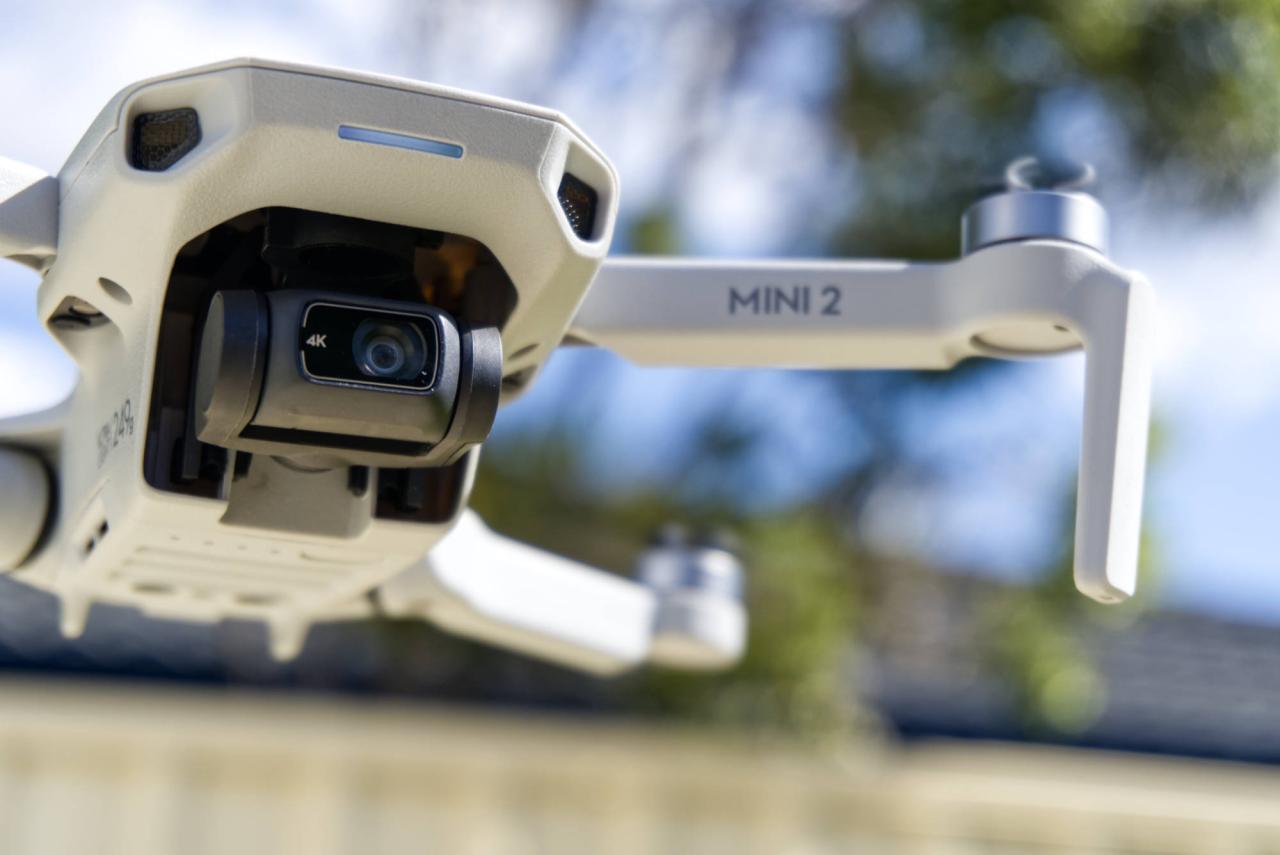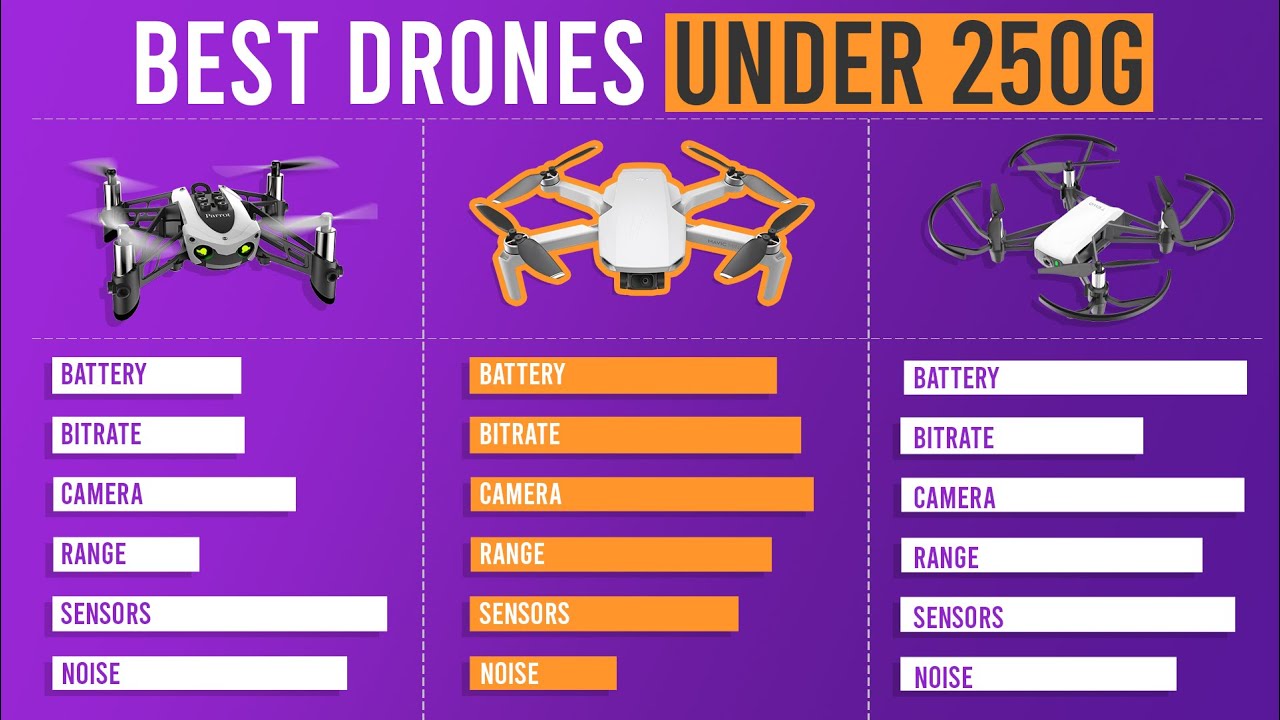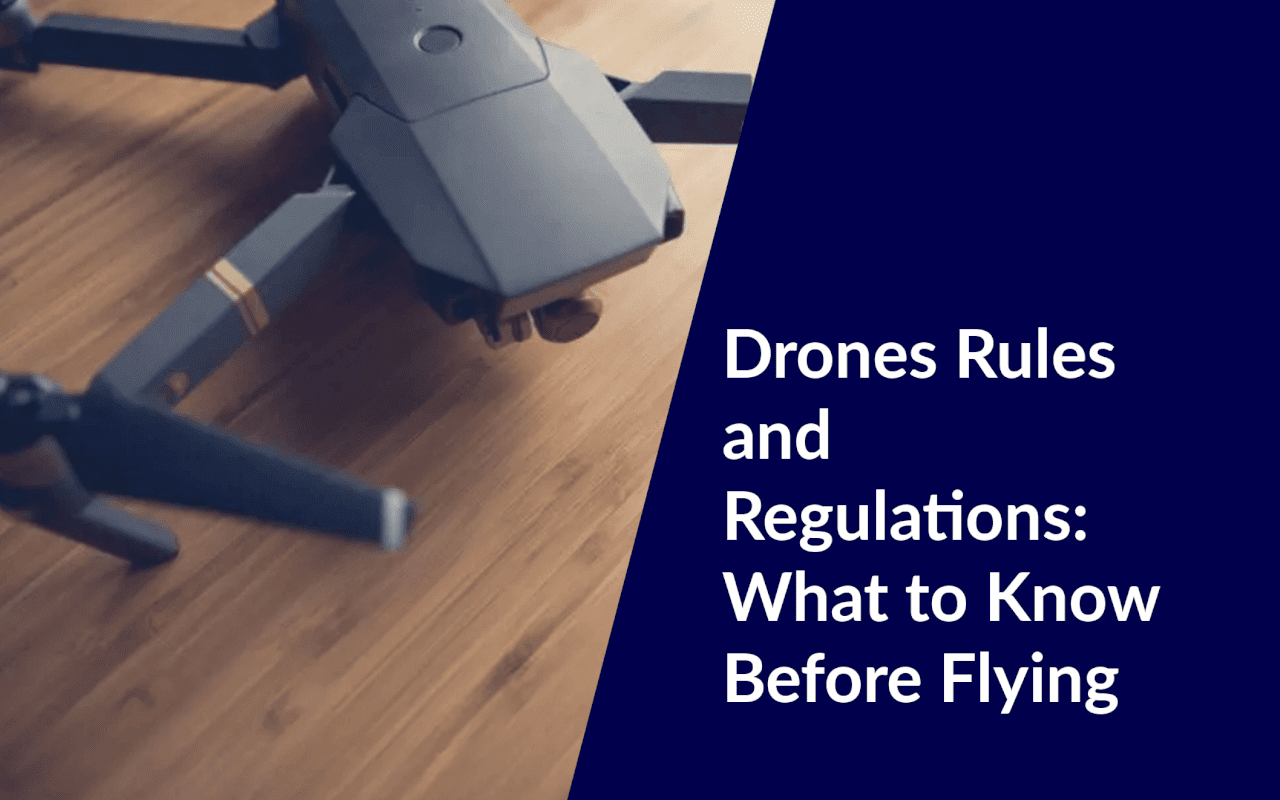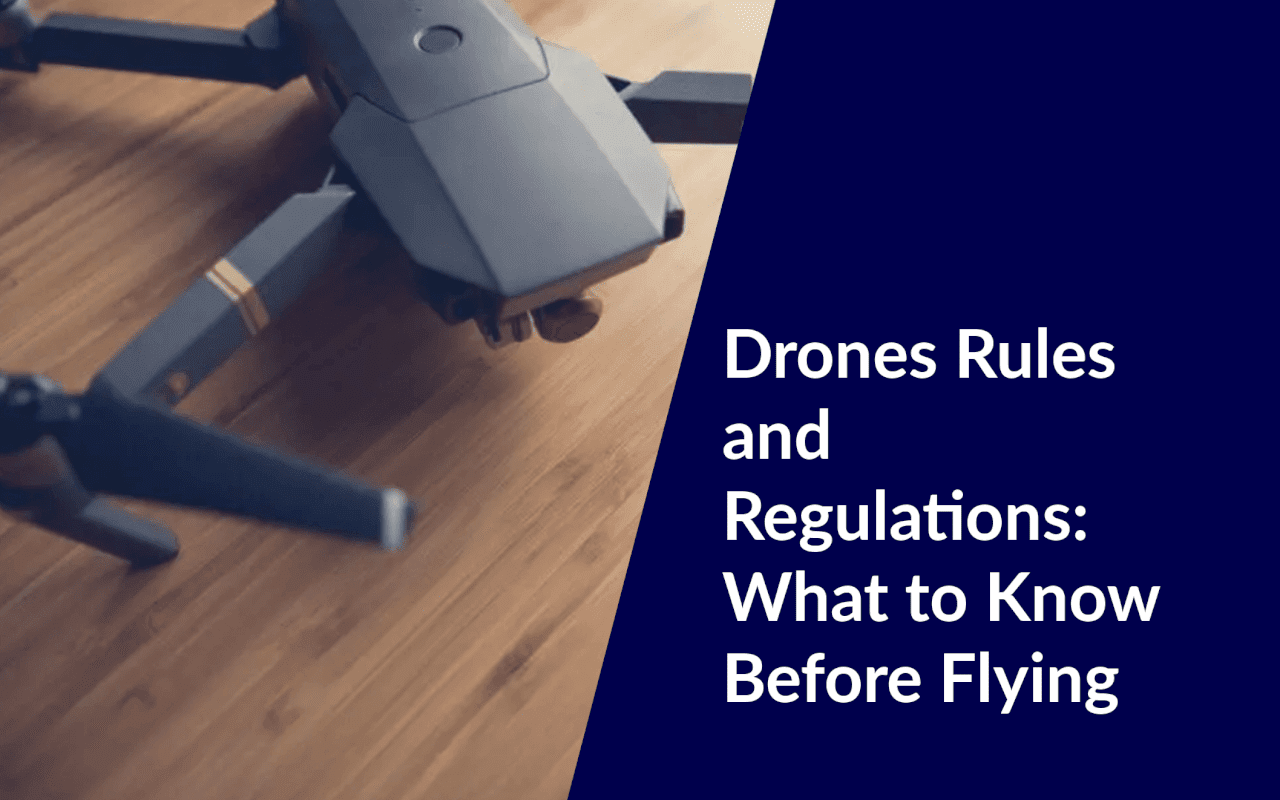Canada drone laws under 250g are surprisingly straightforward, but understanding them is crucial before you take flight. This guide breaks down the key regulations, registration processes, and safety guidelines for operating drones weighing less than 250 grams in Canada. We’ll cover everything from airspace restrictions and privacy concerns to insurance and potential penalties for non-compliance. Whether you’re a hobbyist or considering using a small drone for professional purposes, this information will help you fly safely and legally.
Navigating the world of drone regulations can seem daunting, especially with the varying rules for different drone weights. This guide specifically focuses on drones under 250 grams, providing clear explanations and practical examples to help you understand your obligations as a drone operator. We’ll delve into the specifics of Transport Canada’s rules, covering registration, licensing, operational limitations, and more.
By the end, you’ll have a solid grasp of the legal landscape surrounding sub-250g drone operation in Canada.
Canadian Drone Regulations for Sub-250g UAVs
Operating a drone in Canada, even a lightweight one under 250 grams, requires understanding Transport Canada’s regulations. These rules are designed to ensure safe and responsible drone operation, protecting both the public and airspace. This section details these regulations, providing clarity on what’s permitted and prohibited.
Specific Regulations Governing Drones Under 250 Grams
Drones under 250 grams in Canada are generally subject to less stringent regulations than heavier drones. However, important rules still apply, focusing on safe operation and responsible use of airspace. These rules primarily aim to prevent accidents and ensure public safety.
Transport Canada’s Rules for Operating Sub-250g Drones
Transport Canada’s rules for sub-250g drones emphasize responsible operation. Key aspects include maintaining visual line of sight with the drone at all times, avoiding populated areas and airports, and respecting privacy laws. Operators must also be aware of any local regulations that might apply in specific areas.
Examples of Situations Where Sub-250g Drone Regulations Apply
Several scenarios highlight the relevance of these regulations. Flying a sub-250g drone near an airport, even at a considerable distance, could violate airspace restrictions. Similarly, recording individuals without their consent while operating a drone, regardless of its weight, is a privacy violation. Finally, operating a drone beyond visual line of sight, even with a sub-250g model, is against regulations.
Comparison of Rules for Sub-250g and Heavier Drones
| Regulation | Sub-250g Drones | Heavier Drones |
|---|---|---|
| Registration | Generally not required | Required |
| Pilot License | Not required | May be required depending on the intended use |
| Operational Restrictions | Limited to visual line of sight, restrictions near airports and populated areas | More stringent restrictions, including potential limitations on flight time, altitude, and operational areas |
| Insurance | Recommended, but not always mandatory | Often mandatory, especially for commercial operations |
Registration and Licensing Requirements

While registration isn’t always mandatory for sub-250g drones, understanding the process and any exemptions is crucial. This section clarifies the requirements and exceptions.
Registration Process for Sub-250g Drones
Generally, registration isn’t required for drones under 250 grams in Canada. However, operators should still familiarize themselves with Transport Canada’s guidelines to ensure compliance with all applicable regulations regarding safe and responsible operation.
Pilot License Requirement for Sub-250g Drones
A pilot license is not required to operate a drone under 250 grams in Canada. However, responsible operation and adherence to all other regulations remain crucial.
Exemptions and Exceptions to Registration Requirements
The exemption from registration for sub-250g drones applies to recreational use. Commercial or other specific uses might necessitate additional licensing or permissions, even for lighter drones. It’s vital to check the specific regulations for your intended use.
Steps Involved in Registering a Sub-250g Drone (If Applicable)

- Determine if registration is required based on your intended use.
- Gather necessary information about your drone.
- Access the Transport Canada online portal.
- Complete the registration form.
- Submit the application and receive confirmation.
Operational Restrictions and Safety Guidelines

Safe drone operation involves understanding and adhering to airspace restrictions and safety guidelines. This section details these crucial aspects and the consequences of non-compliance.
Airspace Restrictions for Sub-250g Drones
Even sub-250g drones are subject to airspace restrictions. Flying near airports, heliports, or other sensitive areas is strictly prohibited without prior authorization. Additionally, flying over crowds or private property without permission is a violation.
Safety Guidelines and Best Practices
Maintaining visual line of sight, staying away from obstacles and populated areas, and checking weather conditions before flight are crucial safety measures. Regularly inspecting the drone for damage and ensuring proper battery operation are also essential practices.
Okay, so Canada’s drone laws under 250g are pretty relaxed, mostly focusing on safe operation. But if you’re getting serious about drone tech and want to build your own, maybe even integrate custom sensors, you should check out this awesome resource on pc builder to help with the hardware side. Understanding the electronics is key to pushing the boundaries within those 250g regulations, so get building!
Penalties for Violating Drone Regulations
Violating drone regulations in Canada can result in fines, suspension of operating privileges, or even criminal charges depending on the severity of the infraction. These penalties aim to deter irresponsible behavior and maintain airspace safety.
Decision-Making Process for Safe Drone Operation Near Airports or Populated Areas
A flowchart would visually represent the decision-making process. It would begin with assessing proximity to airports and populated areas. If close, it would advise against flying; otherwise, it would proceed to other safety checks before flight authorization.
Flight Considerations and Limitations
Understanding the capabilities and limitations of sub-250g drones is crucial for choosing the right drone for the task and ensuring safe operation. This section compares their capabilities to heavier drones and Artikels operational limitations.
So, you’re flying drones under 250g in Canada? Sweet! Remember to check those basic rules. But hey, did you know that even lightweight drones have some pretty sophisticated tech inside? You might want to check out the specs using a program like cpu z if you’re curious about your drone’s processing power; it’s helpful for understanding performance limitations.
Then, get back to enjoying your safe and legal flights within Canadian drone regulations under 250g!
Comparison of Flight Capabilities
Sub-250g drones generally have shorter flight times, lower maximum altitudes, and less payload capacity compared to heavier drones. Their smaller size and lighter weight also mean they are more susceptible to wind conditions.
Limitations on Flight Distance, Altitude, and Operational Conditions
These drones usually have limited flight ranges, typically a few kilometers at most. Their altitude is also restricted, often below 120 meters. Adverse weather conditions, such as strong winds or rain, can significantly impact their flight performance and safety.
Situations Where Sub-250g Drones Might Be Unsuitable
Sub-250g drones might be unsuitable for tasks requiring longer flight times, higher altitudes, or carrying heavier payloads. For example, aerial photography of large areas or inspections of tall structures might require a more powerful drone.
Typical Flight Characteristics of Sub-250g Drone Models

| Drone Model (Example) | Max Flight Time | Max Altitude | Max Range | Payload Capacity |
|---|---|---|---|---|
| Model A | 20 minutes | 50 meters | 2 km | 100g |
| Model B | 25 minutes | 80 meters | 3 km | 150g |
| Model C | 15 minutes | 40 meters | 1.5 km | 50g |
Privacy and Data Protection
Operating a drone involves handling personal information, making privacy a significant concern. This section details the rules regarding data collection and use, emphasizing responsible data handling.
Privacy Considerations Related to Drone Operation, Canada drone laws under 250g
Drones can capture images and videos that might include identifiable individuals or private property. Operating a drone without respecting privacy laws can lead to legal consequences. Always ensure you are not intruding on someone’s privacy.
Rules Regarding Data Collection and Use
Canadian privacy laws strictly regulate the collection and use of personal information. Data collected by a drone should only be used for its intended purpose and with the consent of the individuals involved, unless otherwise permitted by law.
Scenarios Where Drone Usage Could Infringe on Privacy Laws
Filming individuals without their consent, recording private property without permission, and storing personal data insecurely are examples of privacy violations. Always be mindful of the potential impact of your drone operation on others’ privacy.
Steps to Ensure Responsible Data Handling
Obtain consent whenever possible, store data securely, and use data only for its intended purpose. Familiarize yourself with Canadian privacy laws and best practices for data handling to avoid any legal issues.
Insurance and Liability
Accidents can happen, highlighting the importance of insurance coverage for drone operations. This section discusses the need for insurance and the liability implications of drone-related incidents.
Need for Insurance When Operating a Sub-250g Drone
While not always mandatory, insurance is highly recommended, even for sub-250g drones. It provides financial protection in case of accidents or damage caused by the drone.
Liability Implications of Drone Accidents or Damage
Drone operators are liable for any damage or injury caused by their drone. This liability can extend to property damage, personal injury, or even legal fees.
Situations Where Insurance Might Be Crucial
Insurance is particularly crucial for commercial drone operations or when flying in areas with higher risks, such as near populated areas or during challenging weather conditions.
Steps Involved in Obtaining Appropriate Insurance Coverage
Research different insurance providers specializing in drone coverage, compare policies and coverage options, and choose a policy that suits your needs and budget. Ensure the policy covers potential liabilities and damages.
Future Trends and Technological Advancements
Drone technology and regulations are constantly evolving. This section anticipates future changes in regulations and discusses the impact of technological advancements.
Anticipated Changes in Drone Regulations
Future regulations might involve stricter guidelines on data security, increased emphasis on automated flight systems, and potentially more specific rules for different drone classes, even within the sub-250g category.
Impact of Technological Advancements on Drone Safety and Operation
Advancements in battery technology, flight control systems, and sensor technologies will likely improve drone safety and expand their capabilities. However, these advancements will also need to be addressed by updated regulations.
Examples of New Technologies Influencing Future Regulations
The development of beyond visual line of sight (BVLOS) capabilities, advanced autonomous flight systems, and drone detection technologies will likely shape future regulations. These technologies will require new safety protocols and oversight.
Potential Future Regulatory Changes
- Increased emphasis on data security and privacy.
- Mandatory registration for all drones, regardless of weight.
- More stringent rules regarding flight near critical infrastructure.
- Integration of drone traffic management systems.
Closure: Canada Drone Laws Under 250g
Flying a drone in Canada, even one under 250 grams, requires responsible operation and adherence to Transport Canada’s regulations. While the rules for lighter drones might seem less stringent than those for heavier models, understanding and respecting these regulations is vital for safe and legal operation. Remember to always prioritize safety, respect privacy laws, and be aware of your surroundings.
Okay, so you’re flying drones under 250g in Canada? Sweet! Remember to check all the regulations, especially about where you can fly. By the way, if you’re building a drone control system, you might find the specs in the msi b650 gaming plus wifi manual helpful for your setup, especially if you’re using that motherboard.
Then, once you’ve got your system built and understand the Canadian drone laws under 250g, you’re good to go!
This guide has provided a foundational understanding; for the most up-to-date information, always consult Transport Canada directly.
Questions and Answers
Do I need insurance for a sub-250g drone?
While not mandatory, insurance is highly recommended to protect yourself from liability in case of accidents or damage.
Can I fly my sub-250g drone near airports?
No, there are strict restrictions on flying near airports. Check the NAV CANADA website for airspace restrictions.
What are the penalties for violating drone regulations?
Penalties can range from warnings and fines to criminal charges depending on the severity of the violation.
Where can I register my sub-250g drone?
You can register your drone online through Transport Canada’s website.
What happens if my drone malfunctions mid-flight?
If your drone malfunctions, prioritize safety. Land it safely, if possible, and report the incident to Transport Canada.
